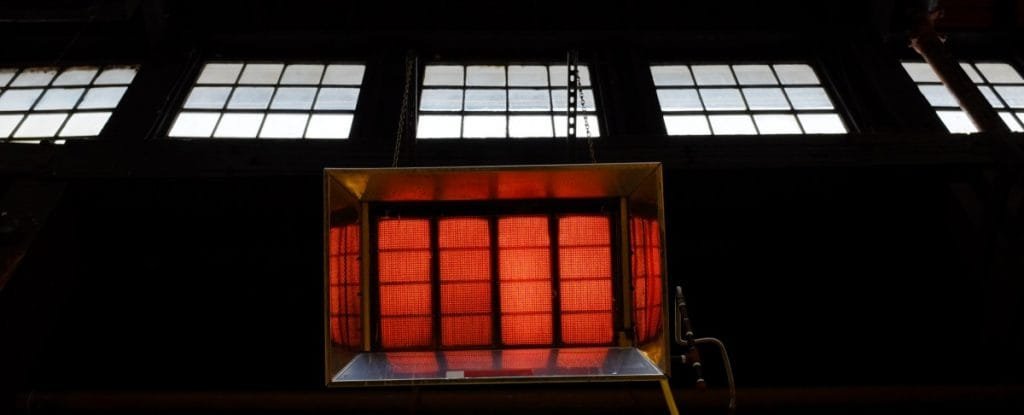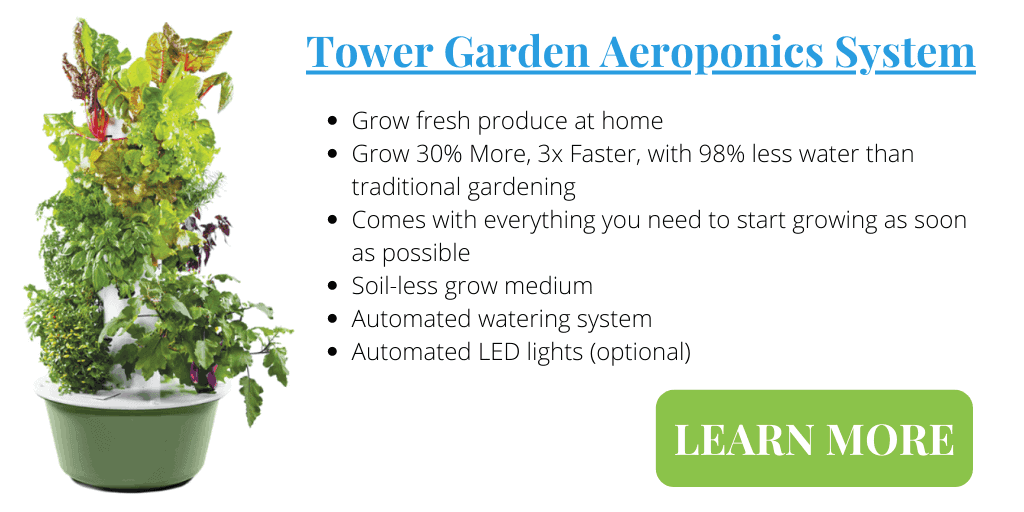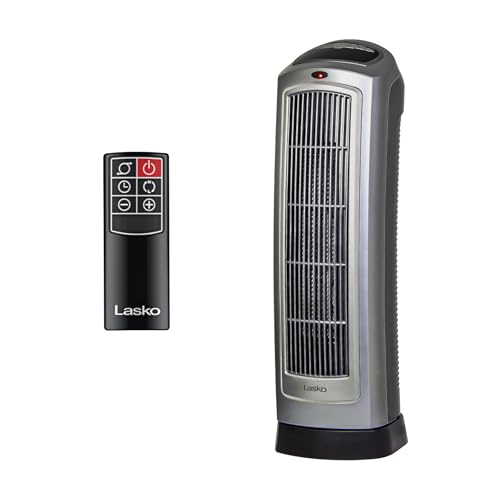Keeping your grow tent insulated from chilly temperatures that can negatively affect plant growth and flowering capabilities is possible. Grow tents are indoor garden spaces that are usable in garages and basements where temperatures have large swings.
There are several methods to keep your grow tent warm during the winter, these include:
- Use heaters to warm the grow tent
- Place your grow tent in a sunlit area
- Switch light routines
- Correct light
- Utilize inside air for air intake
- Control extraction and intake fans
- Insulate grow tent
- Nutrient solution temperature
Luckily for grow tent owners, there are several methods you can employ to prevent the dropping temperatures from seeping into your indoor garden. It would be beneficial to go into a little more detail on how you can implement these methods in your own grow tent operation.

Using A Heater To Keep Your Grow Tent Warm During Winter
Using a heater inside your grow tent to keep it warm during winter is the option most growers’ go for as they are accessible and easy to install. The real issues come when deciding which heating option will work best for you. There are several different heating options available, let’s go through some of them.
Oil Filled Radiators
Oil-filled radiators are one of the safest methods for your plants as they do not blow hot air over the grow tent, which increases evaporation and could potentially cause your plants to dry out.
Radiators heat the grow tent or the room in which the tent is situated by heating itself and radiating that heat outwards into the space it occupies. They are a safe way to generate the proper temperatures for your grow tent during the cold winter months.
- 【EASY OPERATION AND PERFECT PERFORMANCE】: Use the only knob included to adjust the heat...
- 【BEST FOR SMALL SPACE】: The heater with 700-watt heat output and thermostat control is the...
- 【EASY TO STORE AND CARRY】: With its carry handle and light weight, it’s easy to carry...
Fan Heaters Or Electric Heaters
Fan or electric heaters are other terrific options that you could use to warm up your grow tent during the cold winter months. These heaters will heat your entire tent, distributing the heat evenly throughout the tent while at the same time releasing no moisture into the air.
Depending on the type of fan or electric heater, you might only need to have it running for a couple of minutes every hour or so to keep up the warmth in the tent.
A handy tool for an electric or fan heater is to use a thermostat attached to the heater. This thermostat will control your heater for you. When the temperatures drop too low, it will turn your fan on to heat your grow tent, turning them off again when the tent is warm enough, saving you power and time.
- 2 QUIET SETTINGS: This electric space heater features 2 quiet heat settings (high heat and low...
- REMOTE CONTROL: Use the multi-function remote control to turn the heater on/off, set the timer,...
- ADJUSTABLE TIMER: This tower space heater features an auto-off timer function. Set the timer...
Aquarium Heaters
This method is only viable for those whose grow tents live in a small space. With this method, you need to set up a 5-gallon tub with water placing your aquarium heater in the water before plugging it in. This heating option works because the aquarium heater heats the water, and by default, this warms the grow tent.
The added benefit is that this heating mechanism also creates humidity in your grow tent, which your plants will appreciate. If using a heater concerns you check out the safety and fire hazards of using a grow tent.
Keep Your Nutrient Solution At The Right Temperature
The ideal temperature for a hydroponic reservoir is between 64 – 72°F (18 – 21°C) for good nutrient absorption by the plants. You may need to use an aquarium heater to keep the nutrient solution and water mixture inside the proper temperature range.
My Tower Garden vertical growing system has a large nutrient reservoir at the bottom. The large mass of water keeps the tower balanced and helps to maintain a constant temperature inside my grow tent. Being able to grow so many greens, herbs, strawberries and tomatoes in such a small footprint is perfect for my small indoor space.

Anything below that will have detrimental effects on your plants, including shocking your plants’ root system, slowing down nutrient absorption, and impeding growth.
If your nutrient solution is too warm, it can decrease the oxygen levels, slowing your plants’ growth and will make them more susceptible to diseases such as root rot, amongst others. Check out my article titled What Is Dissolved Oxygen In Hydroponics for more details.
One way to prevent your solution from becoming too warm or cold would be to utilize a water heater, keeping your pre-mixed nutrient solution at the optimum temperature. Before using it on your plants, you should monitor it with a thermometer to ensure it stays at the correct temperature.
- ★300W aquarium heater is suitable for 40 to 55 gallons aquariums,Length - 11 inch,voltage...
- ★It shows an area to adjust the temperature. It's not exactly accurate but it turns easy and...
- ★Explosion Proof: 2mm thickened quartz glass,can be used in fresh water and salt water...
Placing Your Tent In A Sunny Area
One method for keeping your grow tent warm in the winter is to place it in an area that will receive direct sunlight. Even the winter sun can give off heat. Direct sunlight can warm up a room allowing your grow tent to access some of that natural warmth.
Many sunrooms and glass porches don’t maintain a comfortable temperature over night due to limited insulation. Don’t trade off warmer days for colder nights when considering an indoor sunny area.
Using the natural sun is good way to warm your tent but it won’t give the same results as a greenhouse, here’s a recent article outlining the main differences between a grow tent and a greenhouse.
Insulate Your Grow Tent Against The Cold
Check your grow tent for any unwanted holes or gaps that it might have, especially around the window frames and door seams. If you find any areas where the cold air from outside is seeping through, you should try to seal these up. Be sure to leave your fresh air vent open.
Car insulation or hot water heater insulation made of foam and foil are good products to wrap around the outside of your grow tent walls. This keeps a layer of protection between the cold outdoor air and the warm air inside the tent.
- EXTREMELY EFFECTIVE - reflects 95% of radiant energy, perfect RADIANT BARRIER.
- VAPOR BARRIER - prevent condensation, unaffected by humidity and moisture.
- SAVE MONEY- effectively low the amount of heat transferred into the home in the summer an out...
Switch Light Routines During Winter To Keep Your Tent Warm
As with any time of the year, the coldest part of the day occurs at night. Most growers keep to natural light cycles, lights on during the daylight hours, and lights off during night-time. The first and easiest method to use would be to switch your light routines.
Grow lights produce a decent amount of heat just being on. You can utilize the heat from your lights by turning them on during the night, when ambient temperatures are at their lowest, and off during the day when they are at their highest. Switching light routines should help protect your plants from the harsh night-time freeze.
Choosing The Correct Lighting For The Winter Season
The two primary light types used in grow tents are LED and HID. LEDs are great to use during the summer months when the outside and inside air is already quite warm or hot as they do not give off that much heat.
On the other hand, HID lights can cause issues in your grow tent during the summer months as they produce a substantial amount of heat. This extra heat is beneficial during the winter months when the added warmth can help to keep your grow tent warm.
Another option is to add more lights to your grow tent during the winter months. This way, you can skip having to add a heater to your tent, and you will be providing your plants with extra light as well as heat.
Here’s a reference guide to the best lighting for your indoor grow tent garden.
Utilize Warmer Air From Inside For Air Intake During Winter
Most grow tents have their air intake coming from outdoors. It would be best to move your air intake inside in these situations. The cold outdoor air would add extra chill inside the grow tent as the weather gets cooler.
Keep the air extraction ducting exhausting to the outdoors and crack a window in the home or garage to promote indoor air flow and proper ventilation.
Controlling Your Extraction And Intake Fans
An easy way to warm up your grow tent is to slow down the intake and extraction fans by a few percent. The result of the slower air movements will mean that the warmer air will remain in the grow tent for longer while still allowing your tent the refreshing circulation it needs to preserve a healthy indoor growing space.
If you are in the early bloom or vegetation stage, this option will work for you. If you are in the height of your flowering stage, you may want to keep the circulation high for a better yielding garden. Speed controllers for inline duct fans are cheap and simple to use.
Create A Barrier Between The Cold Floor And Your Pots
One of the first things you could think about is ensuring that your tent is not placed directly on a concrete floor. Placing a carpet on the floor before putting your tent down is ideal for creating a barrier between the cold floor and your grow tent, adding an extra warm layer between the two.
Another method to keep your plants’ soil warmer would be not to place your seed trays and pots directly on the floor of the tent. Instead, use an insulated mat between the floor of the tent and the bottom of the pot. This extra distance will help raise your plants’ roots inside the pots away from the cold floor.
If your location gets extremely cold during the winter, you can also place germinating mats underneath your pots. Most people use these mats during the germination phase of their growing operation without realizing that you can use them to keep your pots’ soil warm in the winter months as well.
Wrapping your pots up in automotive or water heater insulation will keep the soil and root balls from losing heat through the pot. This way, you insulate the pot keeping the soil inside and your plants’ roots nice and warm.
Grow Tent Temperature For Indoor Gardens
Indoor gardens in grow tents prefer temperatures of 72°F – 82°F (21°C – 28°C) during the day with an average drop of a few degrees at night. Keeping the tent warm enough to prevent the temperatures from falling below 68°F (20°C) is preferable.
Keeping your plants warm is harder to accomplish in winter months if you are growing in a basement or garage space. Adding insulation to the sides or warming the air with a heater both have a benefit and a cost.
Temperature drops and chilly air can be combated if you prepare for them by implementing some warming methods in your grow tent.
Monitoring The Temperature Of A Grow Tent
Taking regular minimum and maximum temperature readings inside your grow tent is an important step in keeping your grow tent warm enough during the winter. The primary method to do this is by using a digital thermometer. You can get simple thermometers with a visual display or data logging thermometers that record the temperature history of your indoor garden.
Once you have chosen the correct digital thermometer for your growing situation, you need to place it in the best position to get accurate readings. Bear in mind that if you place your thermometer in direct sunlight or near a heater, your readings will not be accurate. The best place would be at canopy height away from any heat source.
- NO INSTALLATION FRUSTRATION: While other temperature sensors require complicated, glitchy...
- SIMPLE & RELIABLE: Sensors are manufactured with reliable hardware, a 1-2 year battery life in...
- 24/7 MONITORING AND REPORTING: Once connected, SensorPush constantly records temperature,...
Signs That Your Grow Tent Is Too Cold
Plants do best when the grow room is kept at a constant temperature, getting too hot or too cold will slow the growth or even kill the garden. There are other signs that your plants are being stressed by your grow tent’s temperature swings. These include:
- Weak and small growth
- Unwanted mold due to damp areas
- Bad smell, taste, density, or color of your plants
- Root systems that are too chilled (hydroponics)
- Low germination rates
Conclusion
Temperatures inside grow tents can be affected by the fluctuating temperatures outdoors, significantly when the season changes. There are a few different methods that you can employ to keep your grow tent warm during winter. Another important aspect is to monitor the temperature inside your grow tent with a digital thermometer to ensure that you keep your grow tent at the optimal temperature for your plants’ growth cycles.






